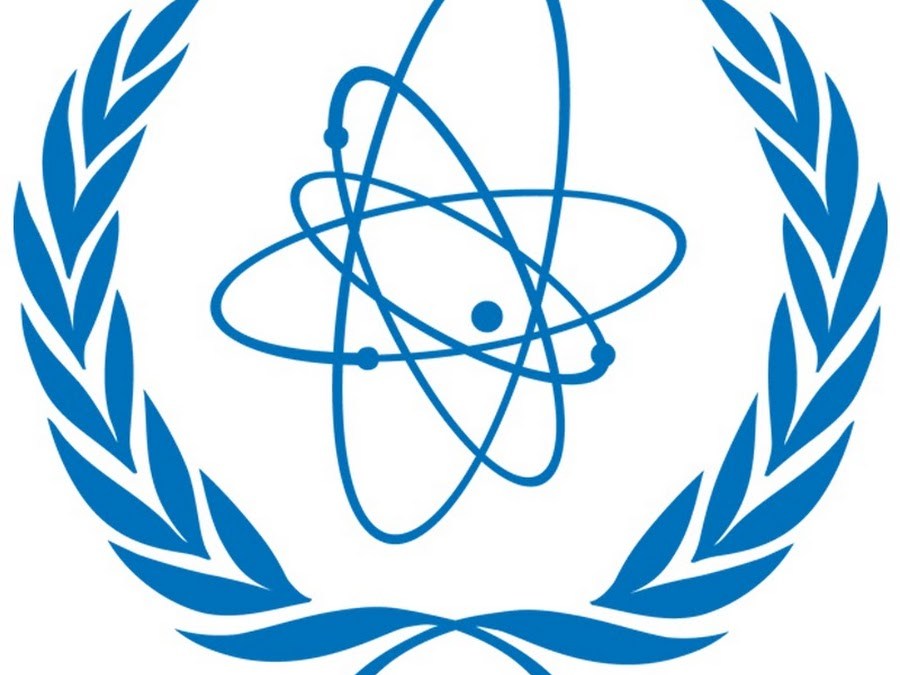One of the International Atomic Energy Agency’s (IAEA) missions, in addition to being the world’s central organization for the peaceful use of nuclear technology, is to promote the safe, high quality use of radiation in medicine. Recently, the IAEA hosted a competition that encouraged medical professionals to contribute their good ideas for radiation safety, particularly how to cultivate a strong culture of safety. Guess what? Researchers from University of Colorado Cancer Center Department of Radiation Oncology working at UCHealth University of Colorado Hospital won! Their innovation? Recognizing that safety can be fun.
Really: Believe it or not, safety can be fun. Just check out the video they submitted as their entry. There’s even “safety cake!” Most of this fun takes place during the group’s designated Safety Month.
“Safety usually starts with a problem or something to be improved, but we take a positive view on it. Safety is a continuous effort and it takes a village – everyone is involved. We use our Safety Month as a way not only to improve our safety practices and emphasize the importance of safety and safety culture, but to recognize and thank the staff for their efforts all year,” says Leah Schubert, PhD, DABR, CU Cancer Center investigator, associate professor in the CU School of Medicine Department of Radiation Oncology, and team leader for the winning video.
In addition to demonstrating a positive attitude about radiation safety, Schubert’s video highlights efforts to develop and communicate safety standards across the department’s many physician and staff roles. For example, the goal of this year’s Safety Month was to communicate new, department-wide processes to deal with urgent and emergent medical conditions.
“Of course, the medical staff are very well trained in this already, but what about other staff in the department? How can we most help if, for example, a patient falls in a hallway? What are the best procedures? We used Safety Month as a way to broadcast and train people on department-wide processes,” Schubert says.
In previous years, the group used Safety Month to ensure the department is ready in case of power outage.
“For example, without power, we need to enact emergency procedures for opening the heavy linear accelerator vault doors in order to quickly access our patients,” Schubert says.
The IAEA describes these safety procedures and behaviors as contributing to a culture of safety that “encompasses people, their attitudes, and how they shape relationships in daily work.”
Schubert’s video along with other winnings presentations from Greece and New Zealand will be used as part of an IAEA training program to support governments, diagnostic imaging and radiotherapy facilities and professional organizations in their efforts to strengthen their radiation safety culture in medicine.




.png)